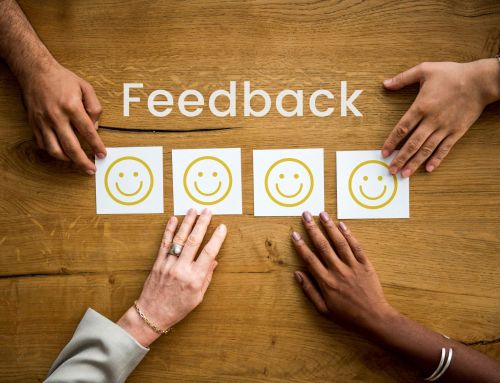From a purely business perspective, understanding wellness comes down to behavioural and technical elements. Measured, tracked, tested and measured again. However, of vital importance to the human-centric approach to financial wellness, assistance directly to the customer is imperative. An interesting dilemma regarding the human/money relationship is akin to blissful ignorance, and this condition calls for careful consideration and gentle testing in order to overcome common behavioural barriers.
Without delving too much into the multitudinous nature of Computational social science: in a nutshell, CSS refers to a discipline which uses computational and automated analysis approaches to social science. The CSS paradigm provides the framework from which the technological approach to understanding humans, involves human knowledge too. Wellness is directly related to this by means of looking at it from the perspective of a company that wants to help people with their financial wellness. There are a few frameworks currently in place that fintechs use to help improve the human and social element, enabling customers to complete activities that will lead to financial wellness. Such as setting up a budget, having budgeting goals, saving, or paying off debts. These frameworks provide an idea of how to begin predicting where they’re headed in their financial lives through scoring mechanisms. No savings give negative scores, while a retirement plan gives positive scores. Based on these scores and social contextual information – such as peer trends, financial institutions can offer suggestions for score improvement.
Using the ecosystem.Ai workbench, it’s possible to productionize models. Selecting a model type such as Auto-ML, and linking it to your feature store, it will then generate the default hyper-parameters automatically for you when you do the generation. From there, putting that model into a production environment, you could assign an algorithm such as XG boost to use and test. The model will score in real time in a production environment, and then measure client feedback. It then continuously adapts to new parameters, updating features based on feedback changes, in the quickest possible time frame. Another function in the workbench allows for a continuous pipeline of the data science process. Using the ecosystem.Ai workbench, its possible to experiment with various hyper-parameters, and perform tests entirely independent of the production environment. Meaning that while you have models in the real life environment, you can also be testing other models for the same project without disrupting what’s already in place.
With so much information pertaining to the benefits of ensuring wellness in customers, why then, has it not already been implemented across the board? The most problematic element in the world of wellness is a difficulty in quantifying lost opportunities. When choosing to assist customers in doing, not what is good for the company, but what is good for them. This new practice changes the current ‘instant profit’ view of doing business, and turns it into a matter of lifetime value. Putting an emphasis on making sure that long-term engagement shows a mutual loyalty between customer and company, with a promise to serve each customer the right way for them. The correlation between customer lifetime value and company profit is still under investigation by a number of big companies, of which some have seen a noticeable uplift in general profitability, from moving away from exploitation practices alone.
- Jessica Nicole




